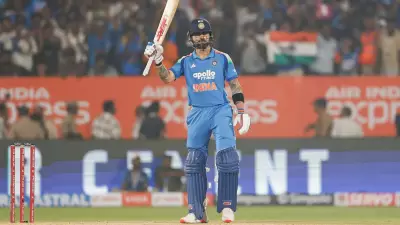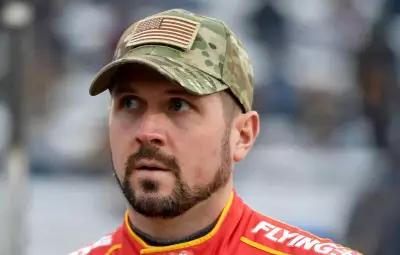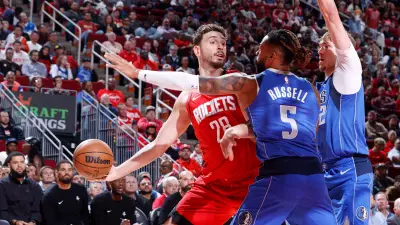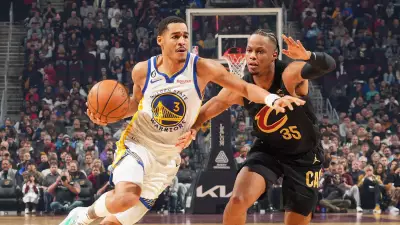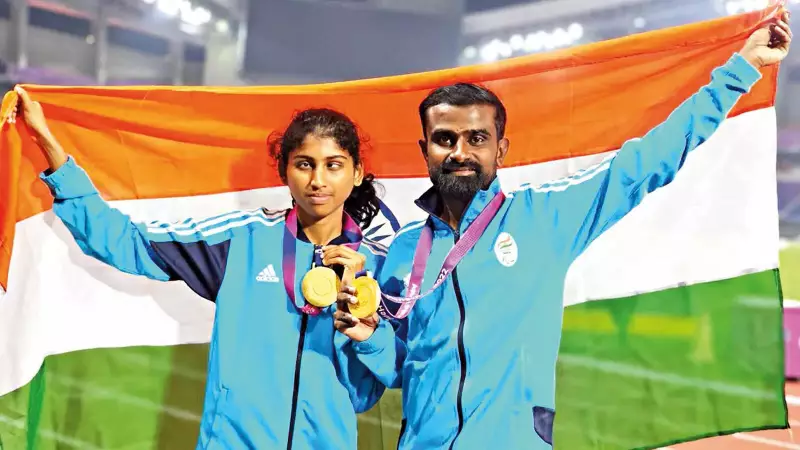
In the bustling sports arenas of India, a silent revolution is taking place—one where vision isn't a prerequisite for victory. Across the nation, visually impaired athletes are shattering stereotypes and chasing their sporting dreams, supported by an essential partner: their sighted guides.
The Unbreakable Bond: Athlete and Guide
These guides are more than just assistants; they are the eyes, strategists, and motivators for athletes who navigate tracks, fields, and courses without sight. Through a sophisticated system of verbal cues, tactile signals, and unwavering trust, these partnerships are redefining what's possible in Indian sports.
How The Guidance System Works
The collaboration between athlete and guide is a finely tuned dance of communication and coordination:
- Verbal Navigation: Guides provide constant audio feedback about terrain, turns, and competitors
- Tactile Connection: Many pairs use a short tether rope that transmits subtle movements and directions
- Rhythmic Synchronization: Both athlete and guide develop matching stride patterns and breathing rhythms
- Strategic Partnership: Guides serve as tactical advisors during competitions
Transforming Lives Beyond the Track
The impact of these partnerships extends far beyond medals and records. For visually impaired individuals, sports participation builds confidence, independence, and social integration that transfers to all aspects of life.
"When I run with my guide, I'm not disabled—I'm an athlete," shares one runner. "The track becomes this space where my blindness doesn't define my capabilities."
Breaking Social Barriers
These athletic partnerships are challenging deep-seated societal perceptions about disability. As visually impaired athletes demonstrate extraordinary physical prowess, they're forcing a reevaluation of what people without sight can achieve.
The Road Ahead: Challenges and Opportunities
Despite the growing success stories, significant hurdles remain. Limited funding, sparse infrastructure, and societal attitudes continue to pose challenges. However, organizations and volunteers across India are working tirelessly to create more inclusive sporting opportunities.
The future looks promising as awareness grows and more visually impaired individuals discover the freedom and joy that sports provide. With continued support and recognition, India's visually impaired athletes are poised to make their mark on international platforms.
This movement represents more than just athletic achievement—it's about changing narratives, building inclusive communities, and proving that with the right support, no dream is beyond reach.

